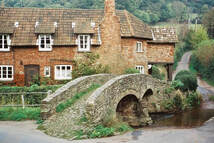Photography
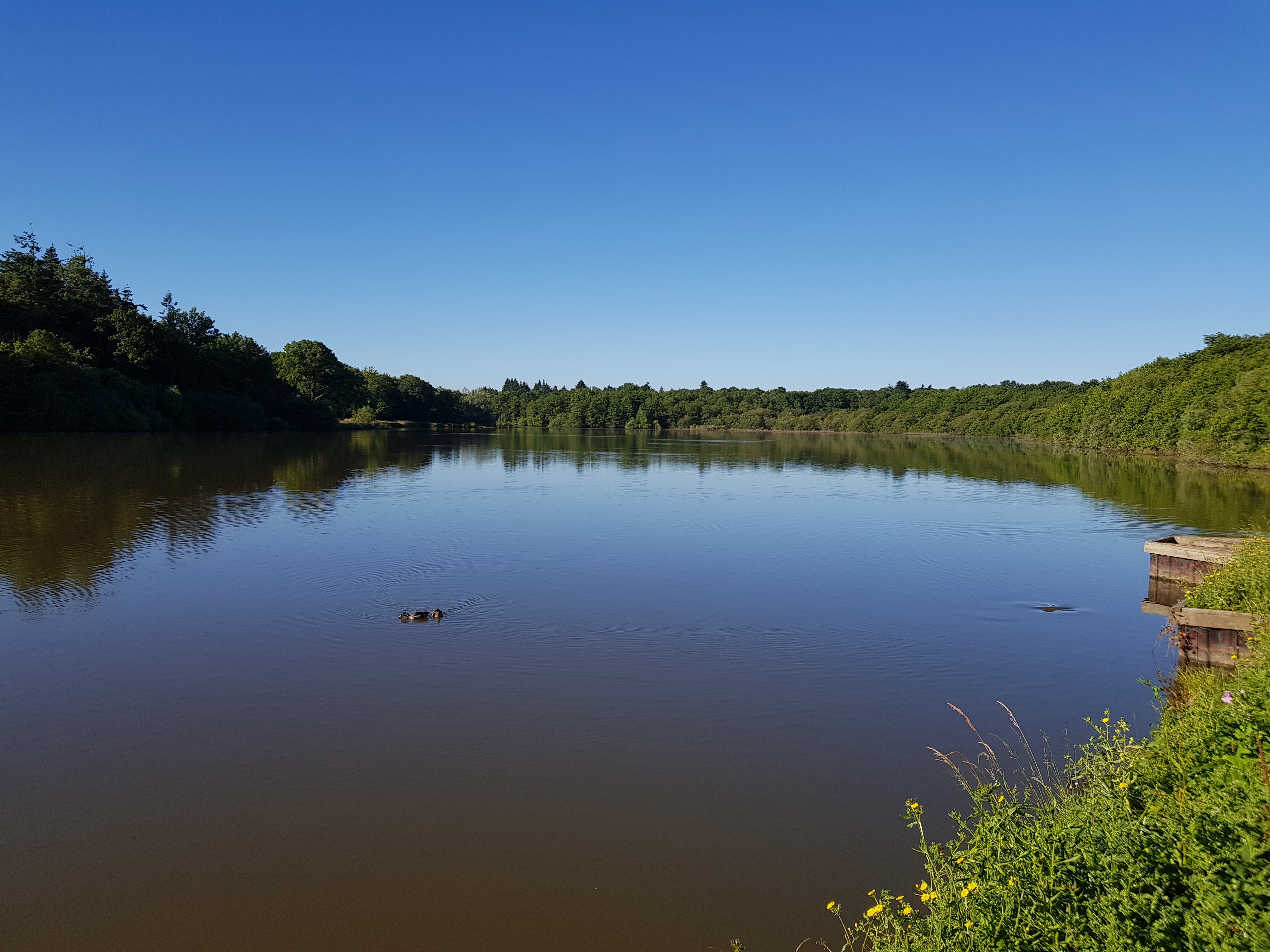
- Home
- Walking and Cycling
- Photography
- Amateur Radio - Introduction
- Slow Scan TV
- GB3TD Repeater
- Satellites
- Navtex - Marine Safety Info
- SDR - Software Defined Radio
- G2B - Special Contest Call
- Amateur Radio Contests
- QRP - Operating Notes
- Decoding FM DAB signals
- Decoding ADS-B
- Links to Useful Sites
- NOAA Weather Satellites
Camera reminiscences
I've owned a camera for as long as I can remember.
My first was a 'Snappy'; an all plastic camera - body, lens, viewfinder - which suffered from light leaks, film misalignment, vignetting and a whole host of issues .... and yet went on to become an all time classic! Although effectively a 'toy' camera, the photography greats of the time used it's faults as positives and took some amazing shots with the 'Snappy', or 'Diana' which was the primary label.
My very earliest images seem to have been mislaid. I guess they may turn up one day, most probably when - or if - I move house!
The oldest ones that I can lay my hands on include the following. These were taken with a Kodak™ EK2; also known in some markets as 'The Handle'.
I couldn't afford a Polariod™ instant camera so bought the EK2. The handle was used to 'power' the image from the camera and to burst the pouches of chemical developer and fixer that were formed into the rear of the photograph. A lighten/darken control and flash attachment were also present. Of course; you wouldn't know whether lightening/darkening was needed unless you potentially wasted an image!
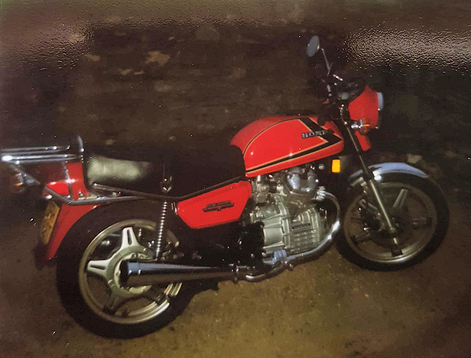
Honda CX500V
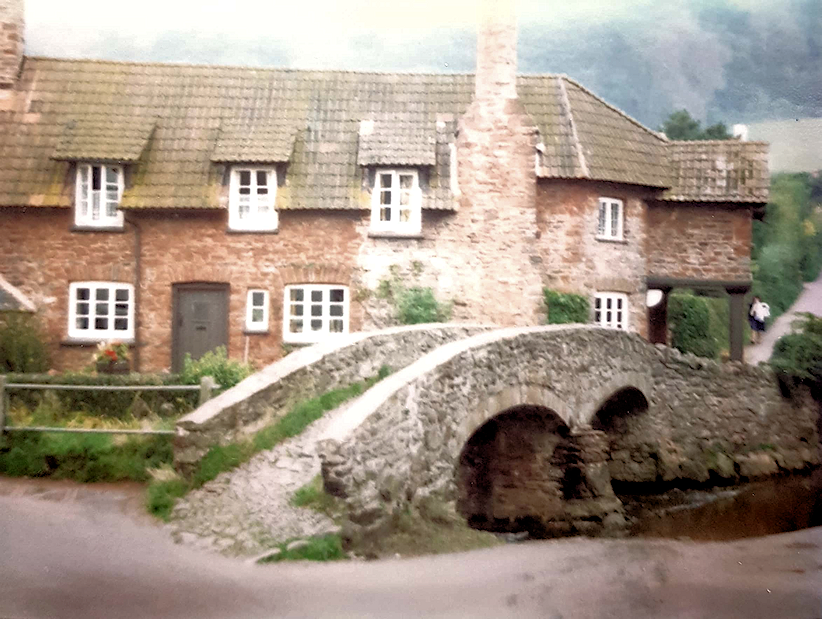
Allerford packhorse bridge
My old Honda CX500V.
Bought new in March 1979. Photo April 9th 1979. Bike is still on the road, not with me, some 43 years later! Registration was DFH 162T, if anyone recognises it.
The mottled effect to the top left and right is the normal matte surface of the EK2 photographs.
I had to lighten this image, as it had very little contrast, and so the matte has become prominent.
Longleat picture taken June 1981.
This was the classic amateur radio rally, which was always well attended; running from 1958 until 2002.
(Note what I think is a Mk.4 Cortina just in front of the House).
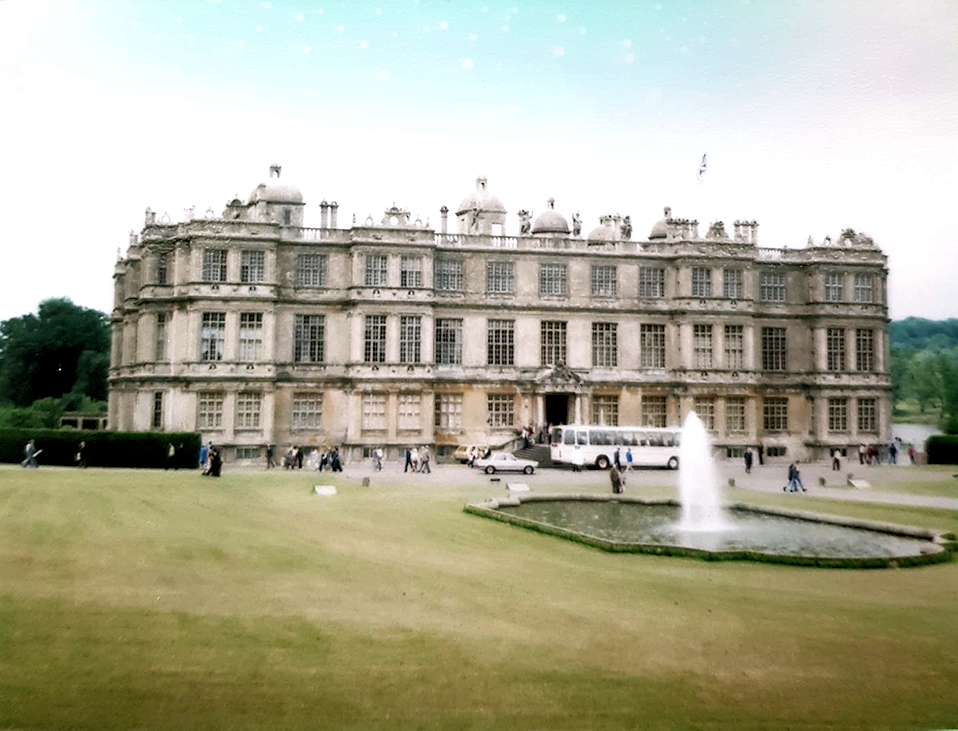
I'll come back to photographs later, but I would like to include my (very) small camera collection here. All but one of these cameras was purchased at fairs local to Gloucestershire. The Kodak 620 Junior was kindly given to me by a very good friend of my late Mum's.
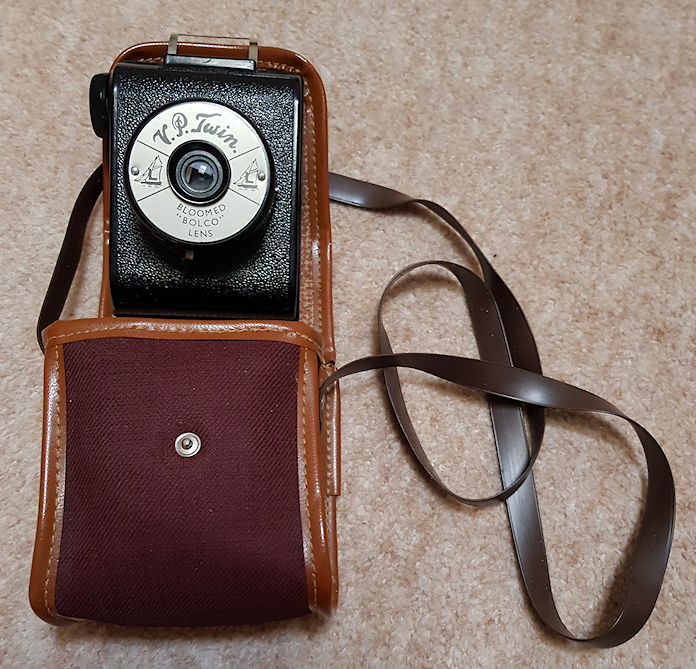
Elliott V.P. Twin 1
My model dates to 1955; production continuing after WWII. The guillotine shutter mechanism works in both directions and the camera used 127 film to give 16 exposures.
The BOLCO stands for British Optical Company; part of Elliott.
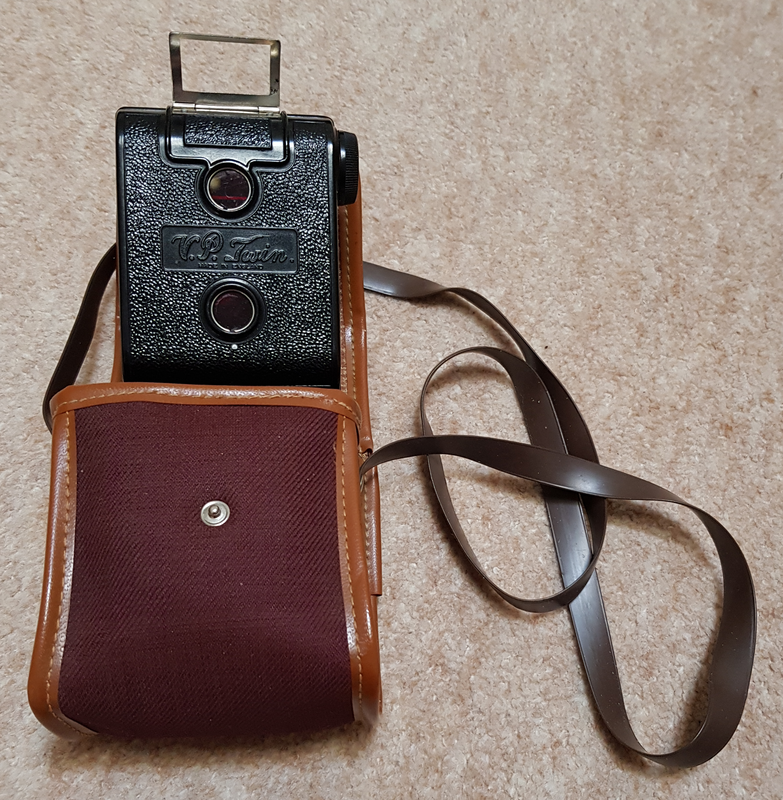
Elliott V.P. Twin 2
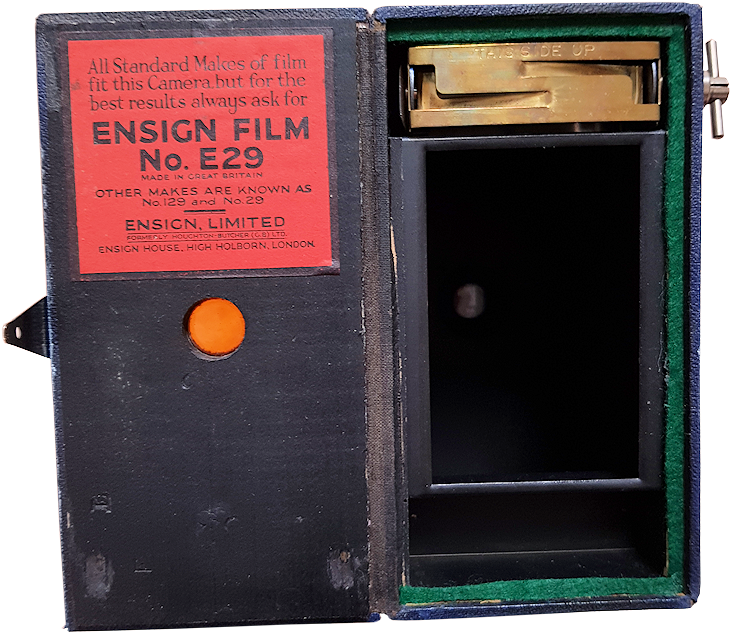
Ensign E39 - 1
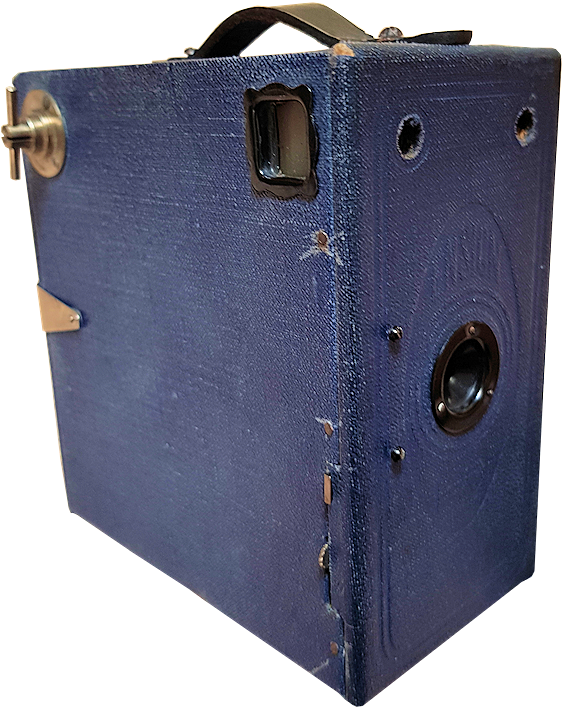
Ensign E39 - 2
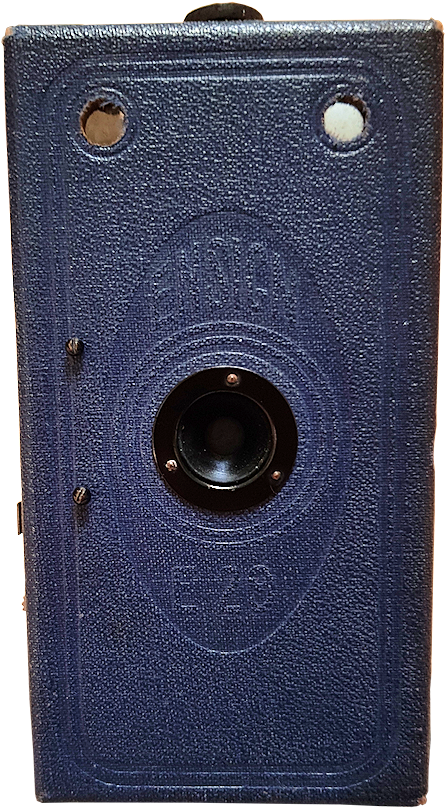
Ensign E39 - 3
The Ensign E39 box camera was produced by the Houghton-Butcher
Manufacturing Co Ltd. until 1930, and then by Ensign themselves.
It gave 2 ¼" x 3 ¼" exposures on 120 roll-film.
It has an 'autographic' feature - see the small flap on the right hand image.
Using a small metal stylus, you would scrtach off the film backing an expose it to the light. Your notes would appear in white on the exposed film.
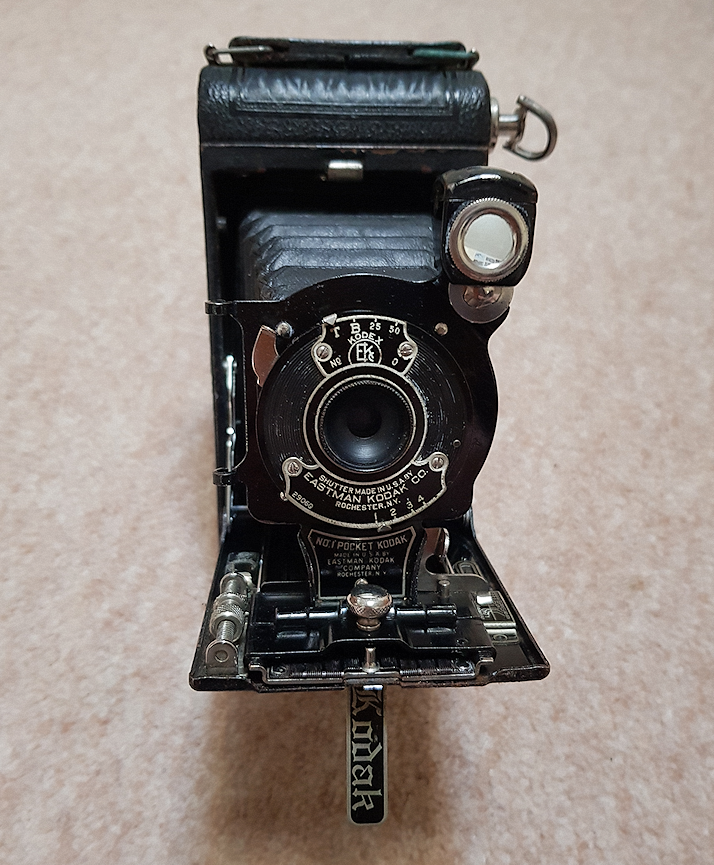
Kodak No.1 - 1
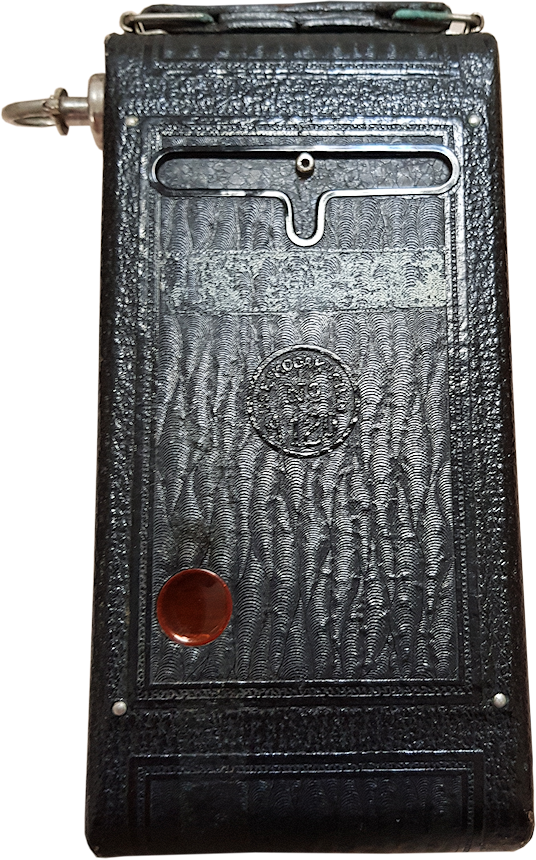
Kodak No.1 - 2
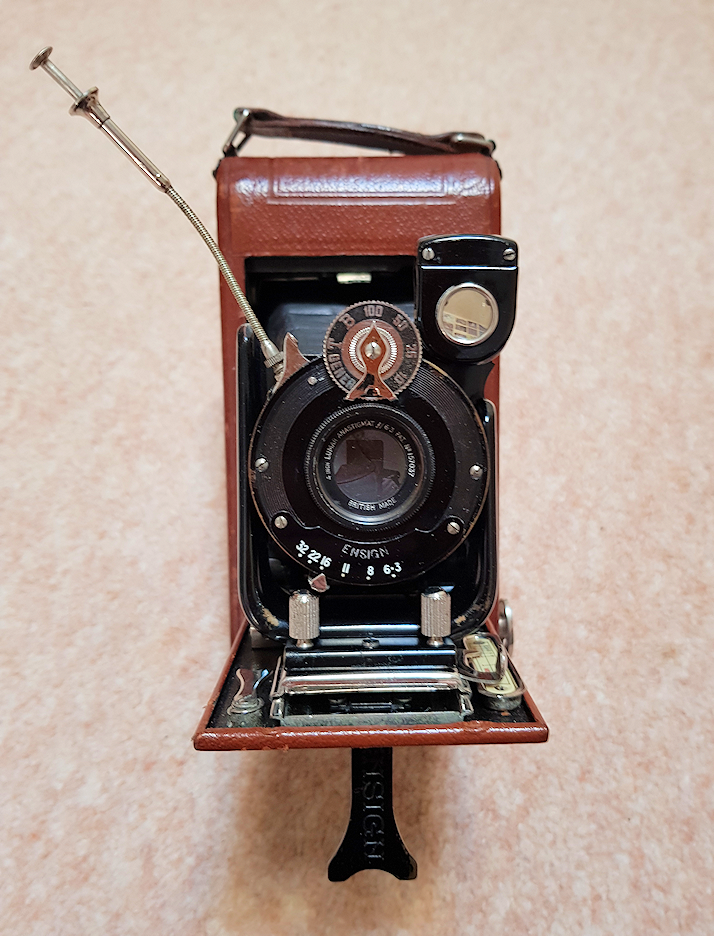
Popular Ensign
The Popular Ensign was another camera made by the Houghton-Butcher Manufacturing Co Ltd.
This dates to the early 1920s and uses a body constructed of wood and aluminium and then covered with brown 'leatherette'.
It uses an f6.3, 4" T.T.H. Lumar 3-element lens, iris diaphragm to f45 and would take 8-off 2 ¼" x 3 ¼" exposures on Ensign 2¼B roll film.
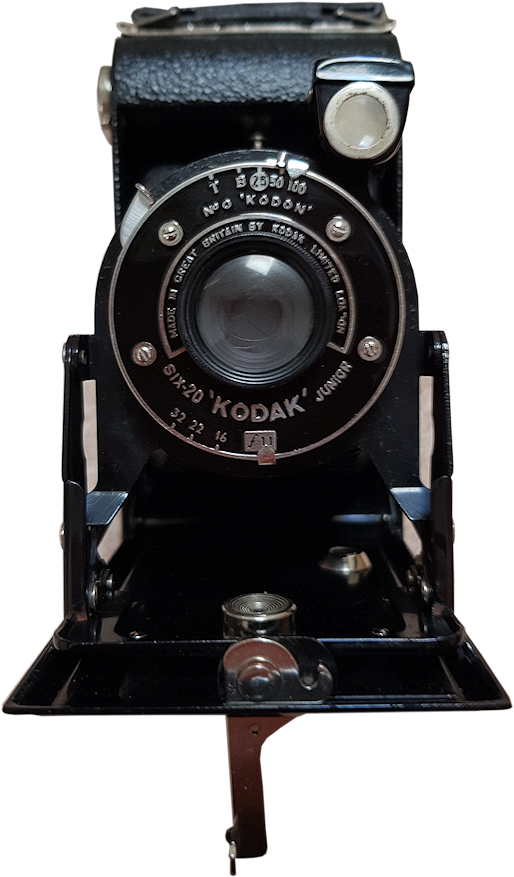
Kodak 620 Junior - 1
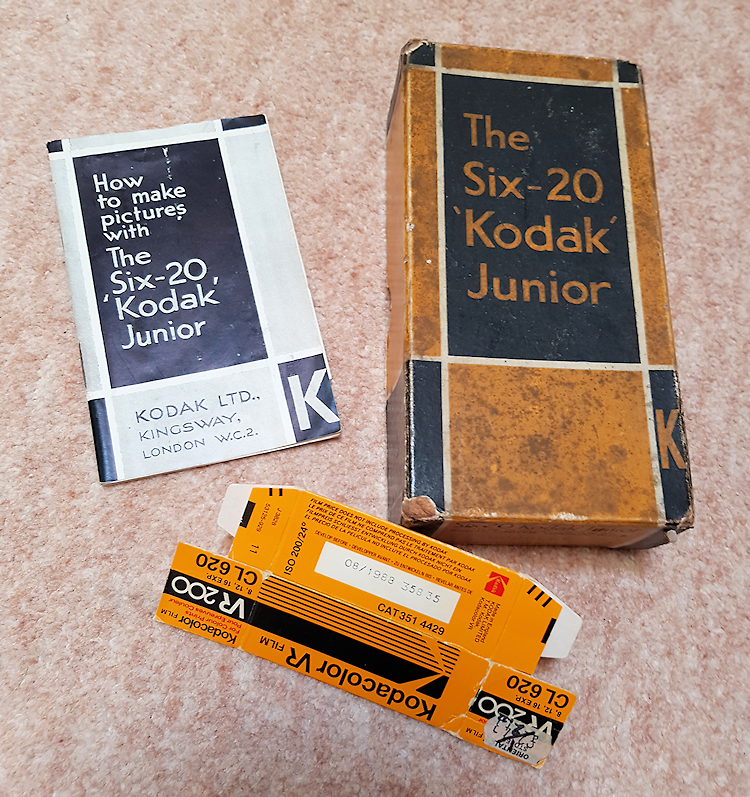
Kodak 620 Junior - 2
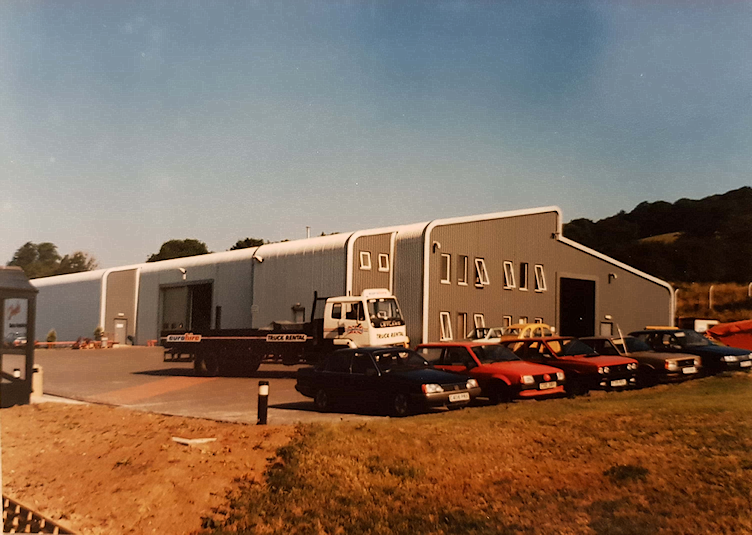
Kodak 620 Junior - Danfoss - July 1989
It used a 620 film roll and manufactured between 1933 and 1940. The 'Kodon' shutter mechanism gave speeds of 1/25, 1/50 and 1/100 sec. plus B and T modes. The lens is focussable to three distance ranges: 5-8 ft, 8-15ft, and beyond 15ft.
This camera was in fully working condition in the late 1980s as proven by the photograph of the Danfoss works at Stonehouse; one of a number that I took with it.
I kept the film box, see above, and you can see the expiry date of August 1988. I found the film in a camera shop somewhere in Wales and paid virtually nothing for it because it was several years out of date.
It clearly worked fine!
This photograph is of the old Danfoss manufacturing and calibration centre near Stonehouse in Gloucestershire.
Not bad for a 90 year old camera and some 'spent' film!
And now; a couple more vintage photographs, with details where I have noted them at the time.
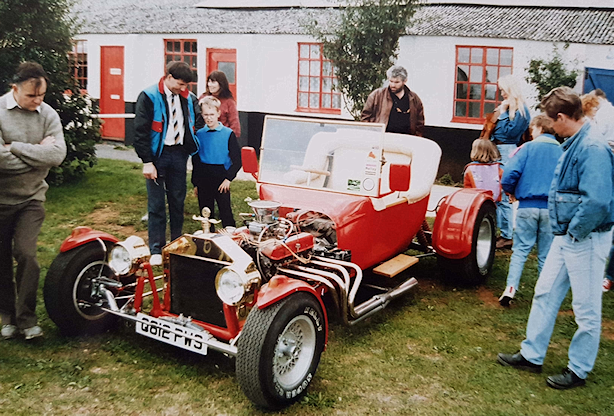
Riggs Rover V8 - Castle Combe - 1989
Castle Combe kit car rally - 1986 Riggs with Rover V8.
Photographed using Nikon FM and Kodak Ektar 1000 - October 1989.
Ceri in contemplation at Painswick churchyard, and some of the 99 (plus) yew trees.
Taken using Nikon FM and Kodak Ektar 125 in April 1990.
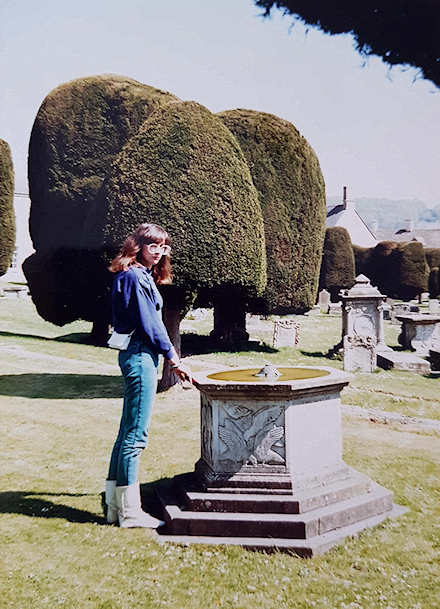
Ceri - taken with Nikon FM and Ektar 125 - April 1990
The one which has given me the best results, and enabled a very mediocre photographer the opportunity of taking some memorable images, is my Sony RX10 MkIV.
It has some amazing features which, once configured the way that I require, enables me to - mainly - point and shoot; thereby avoiding having to consult my terrible memory trying to remember how to set parameters 'on the fly'.
Here are some of my favourites; these, and others, are posted to my Flickr site: Robin S | Flickr
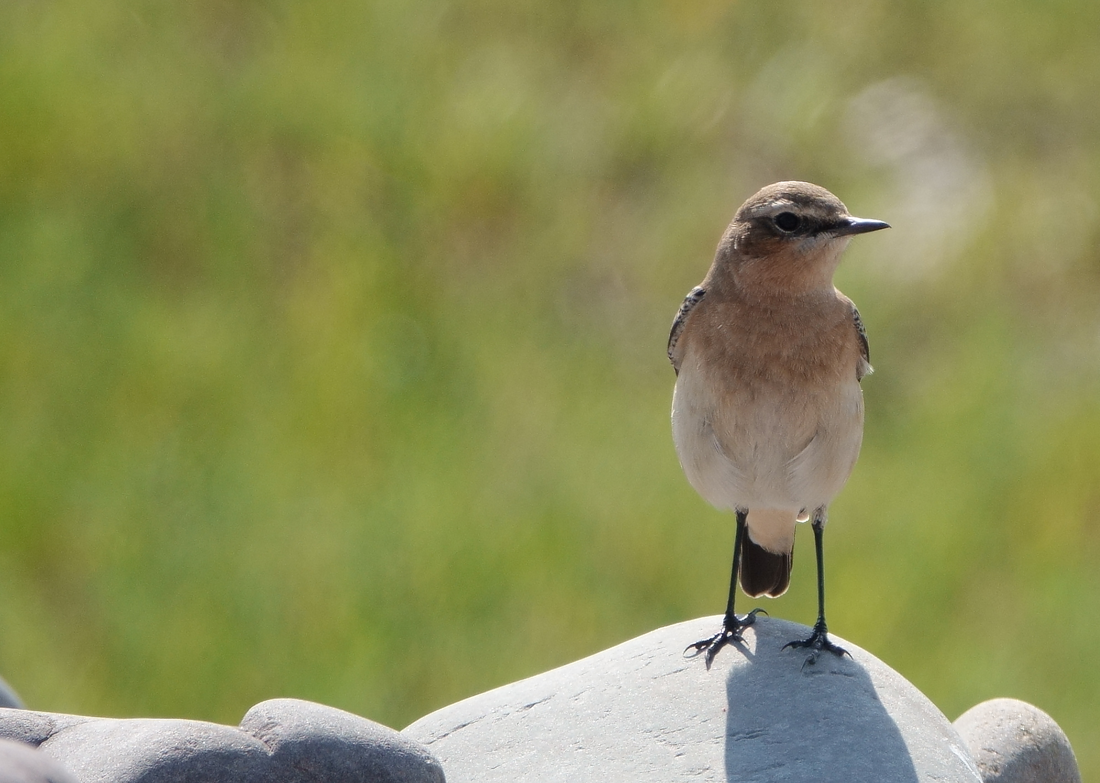
Wheatear
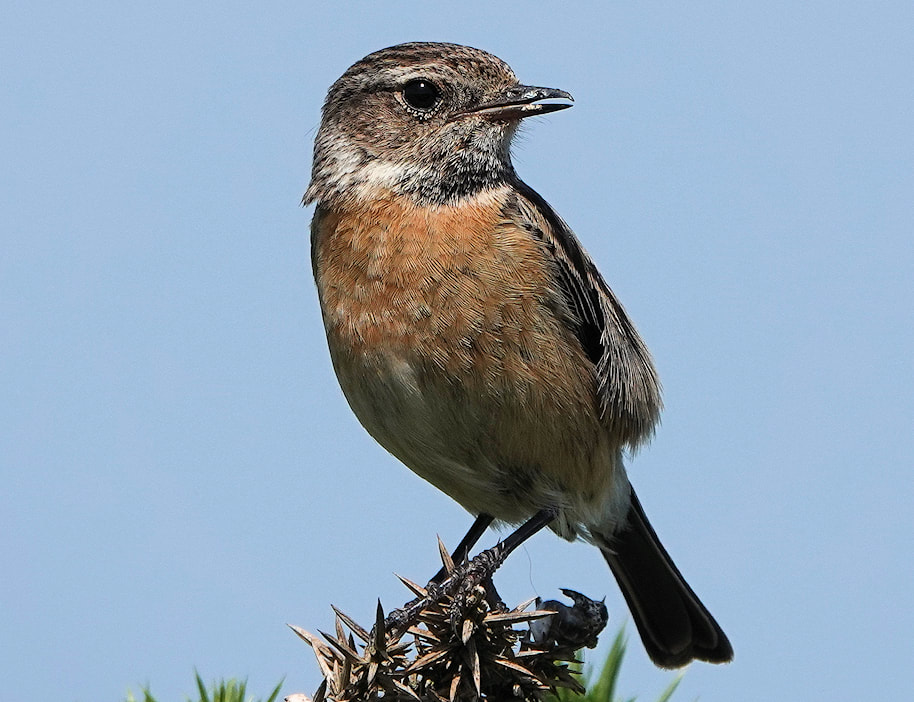
Stonechat female
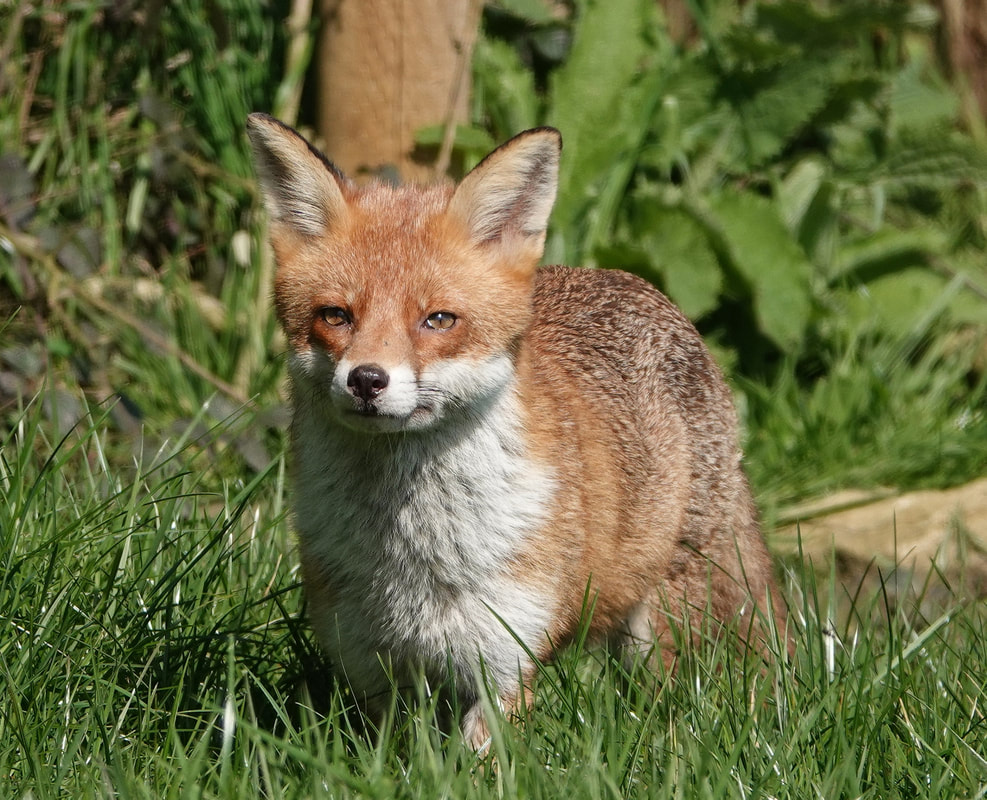
Vixen
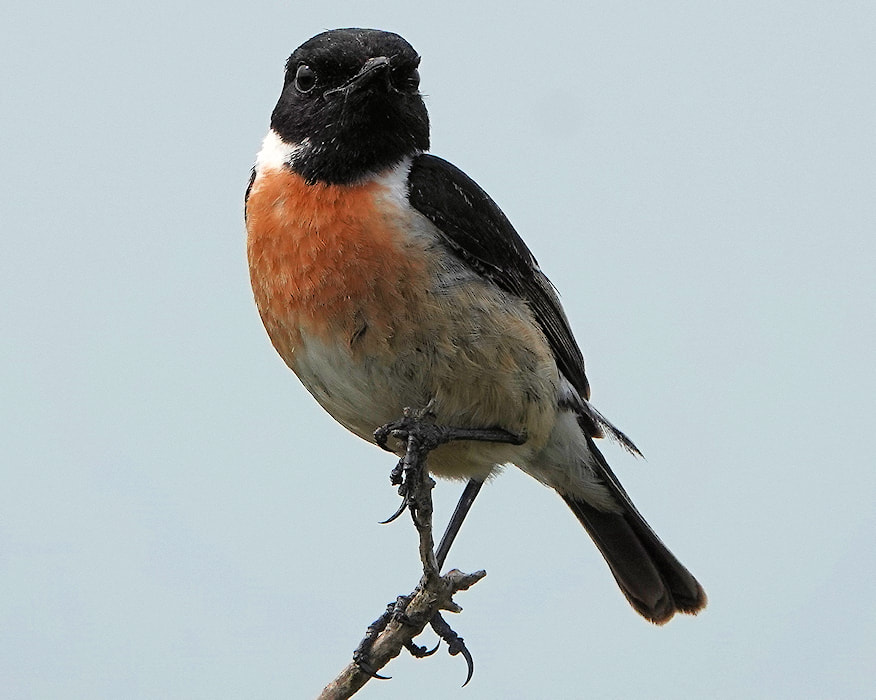
Stonechat male
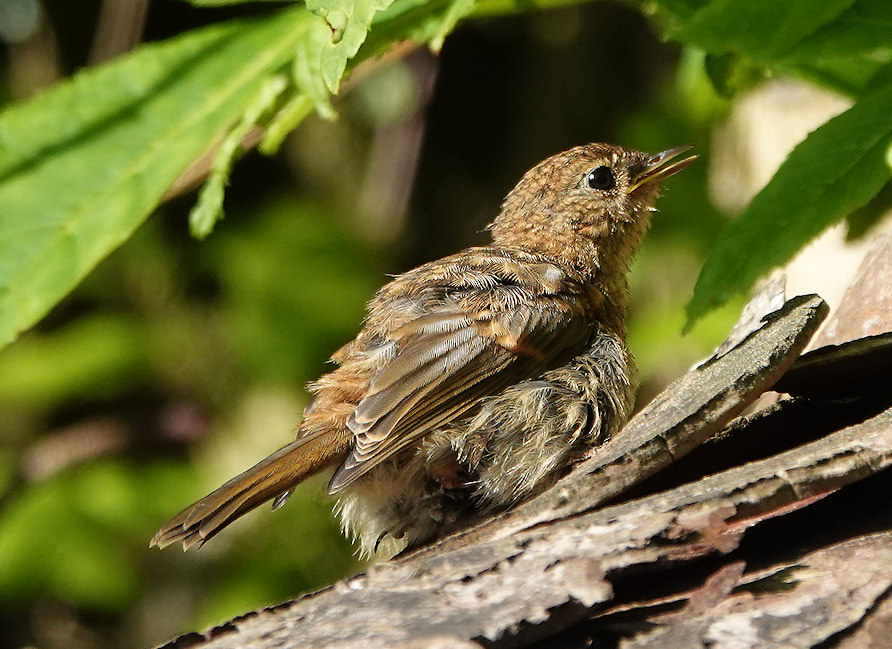
Robin fledgeling
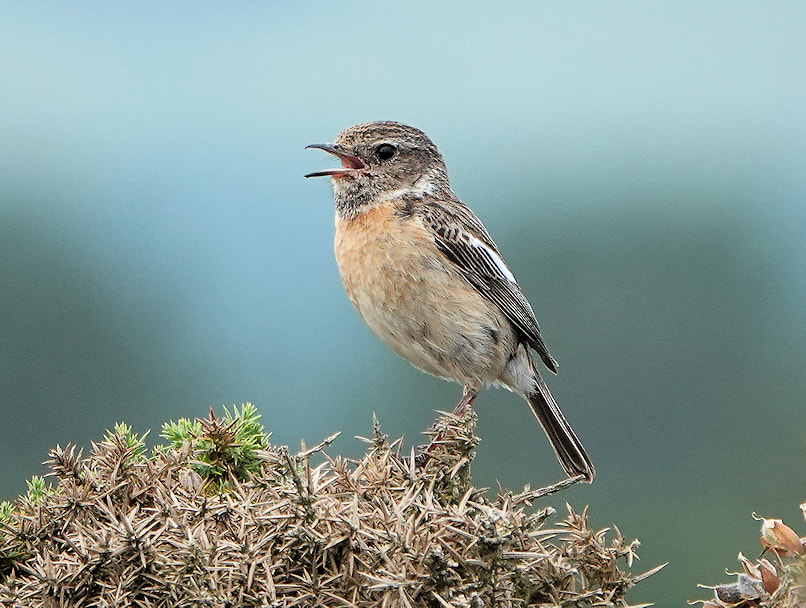
Stonechat juvenile
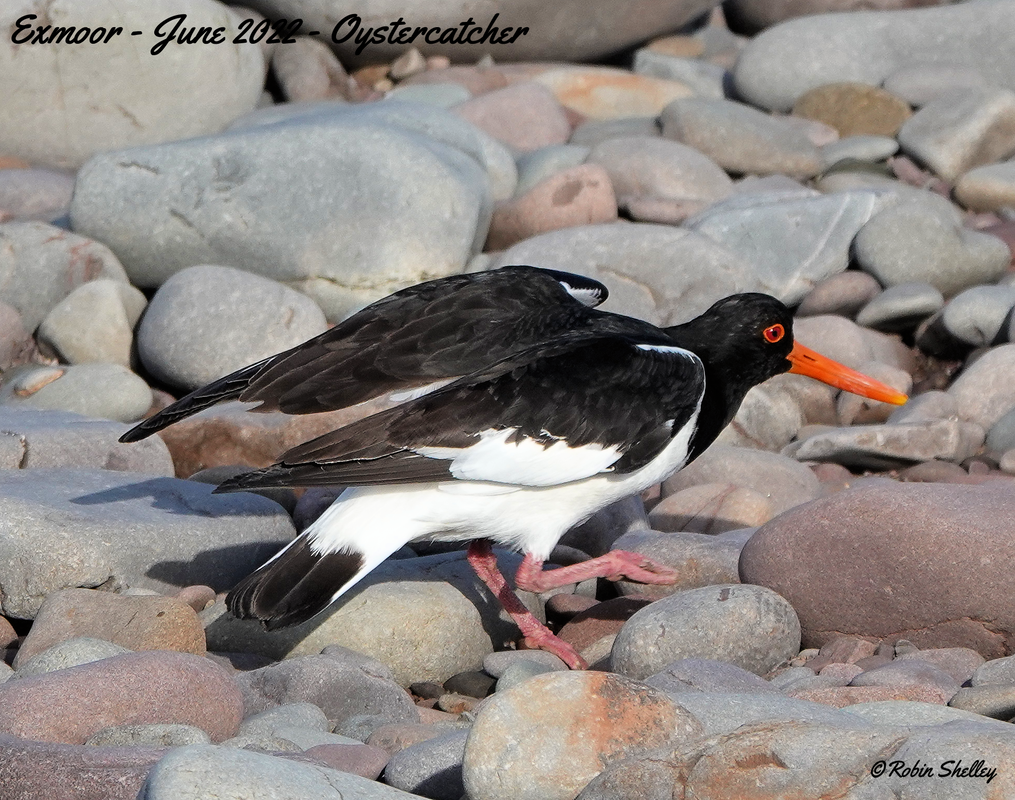
Oystercatcher
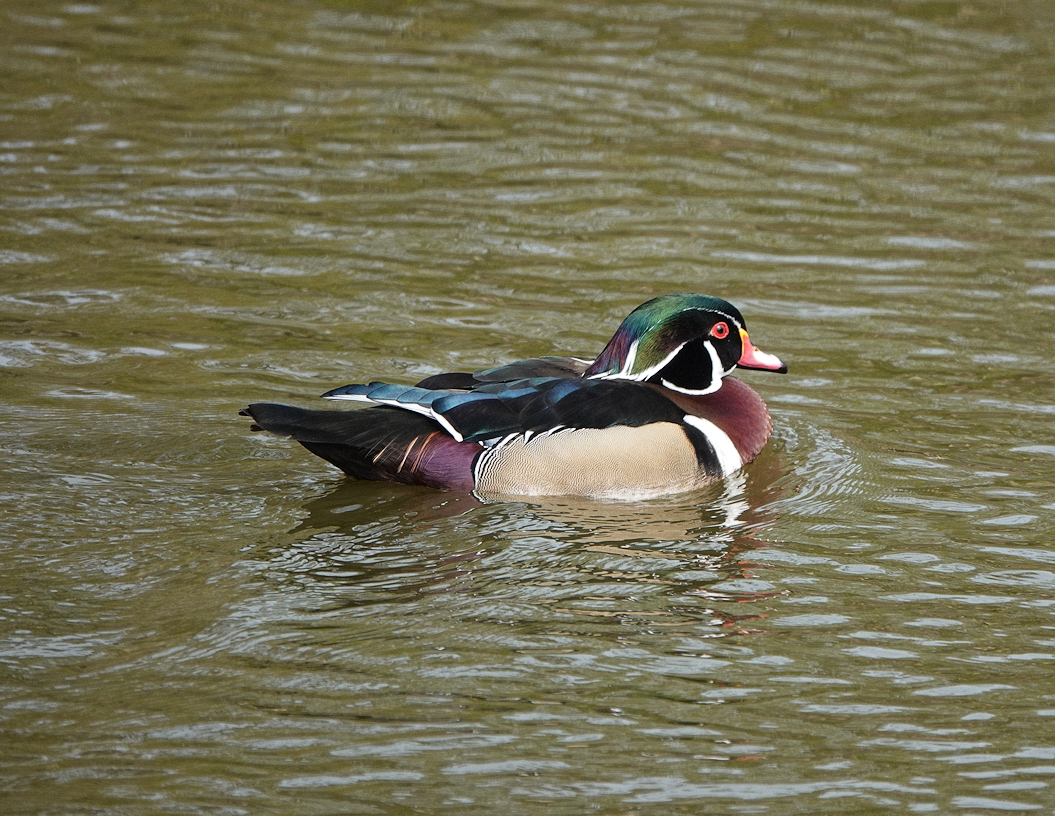
Wood duck
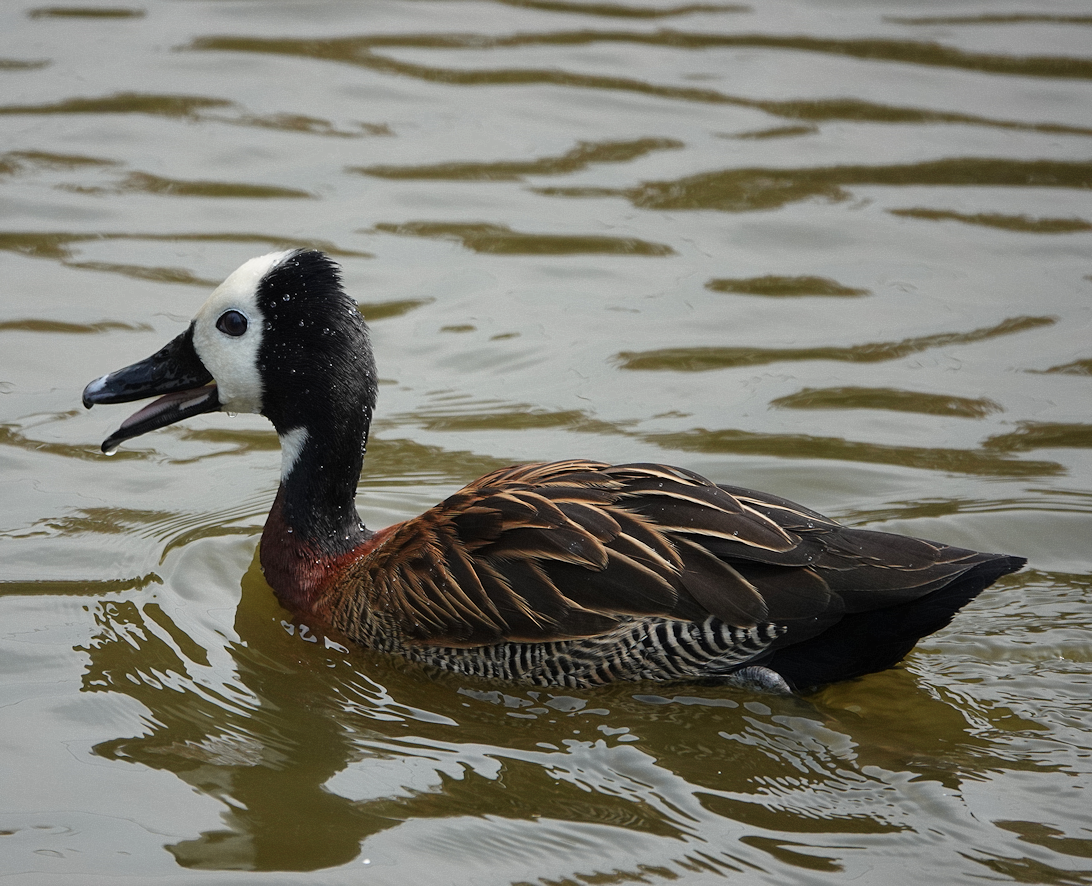
White faced whistler
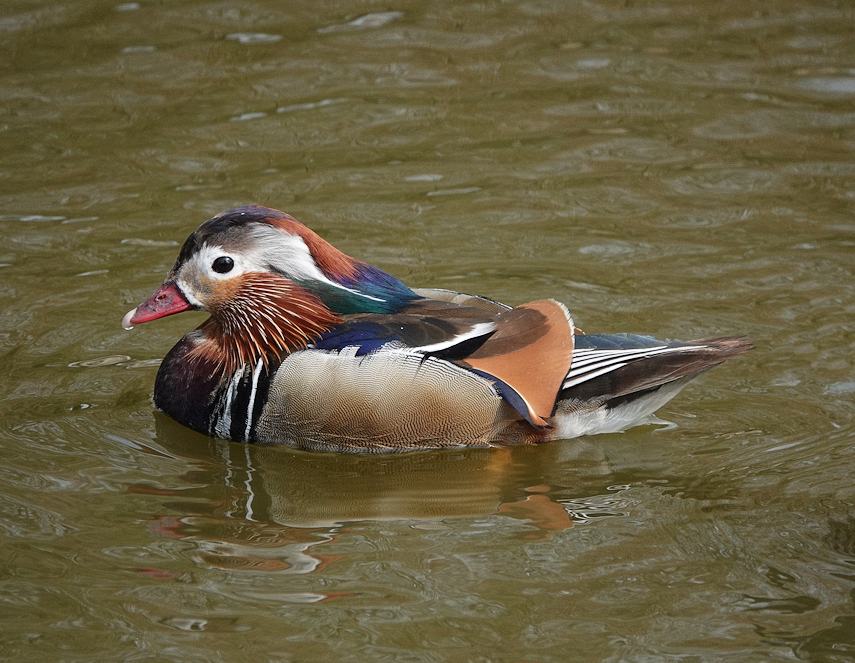
Mandarin
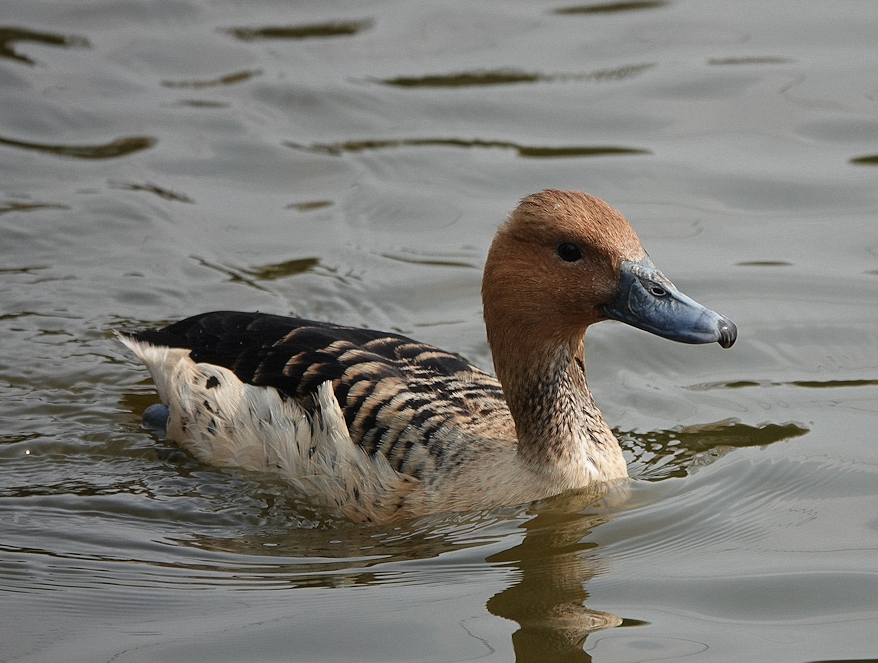
Fulvous whistler
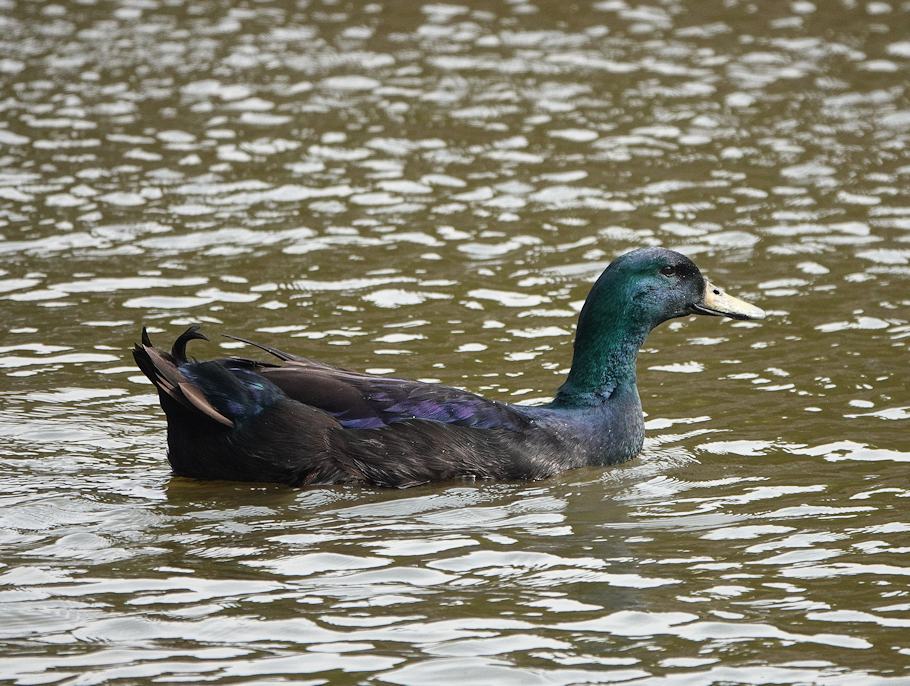
Black duck
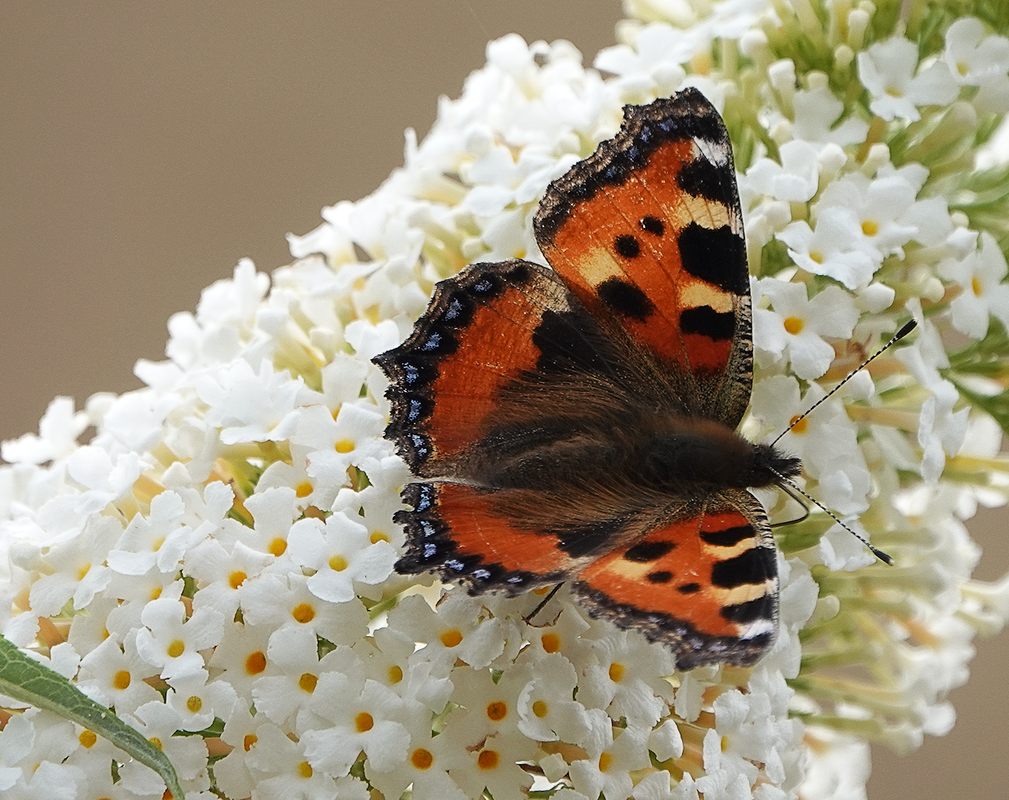
Red Admiral
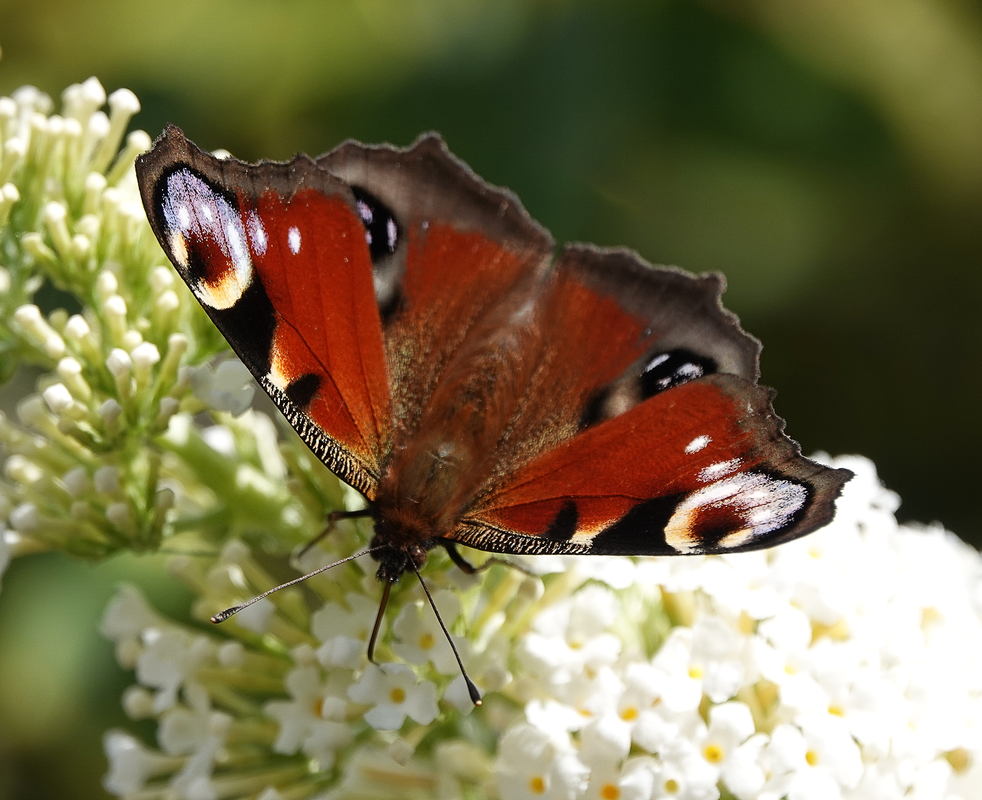
Peacock
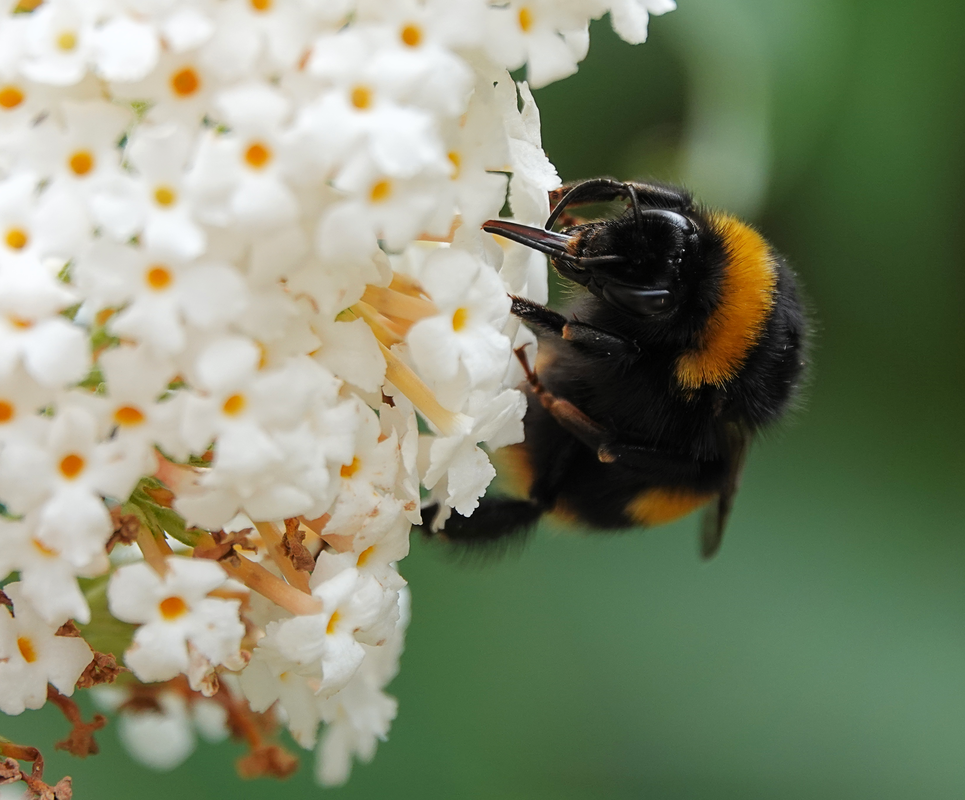
Buff tailed bumble bee
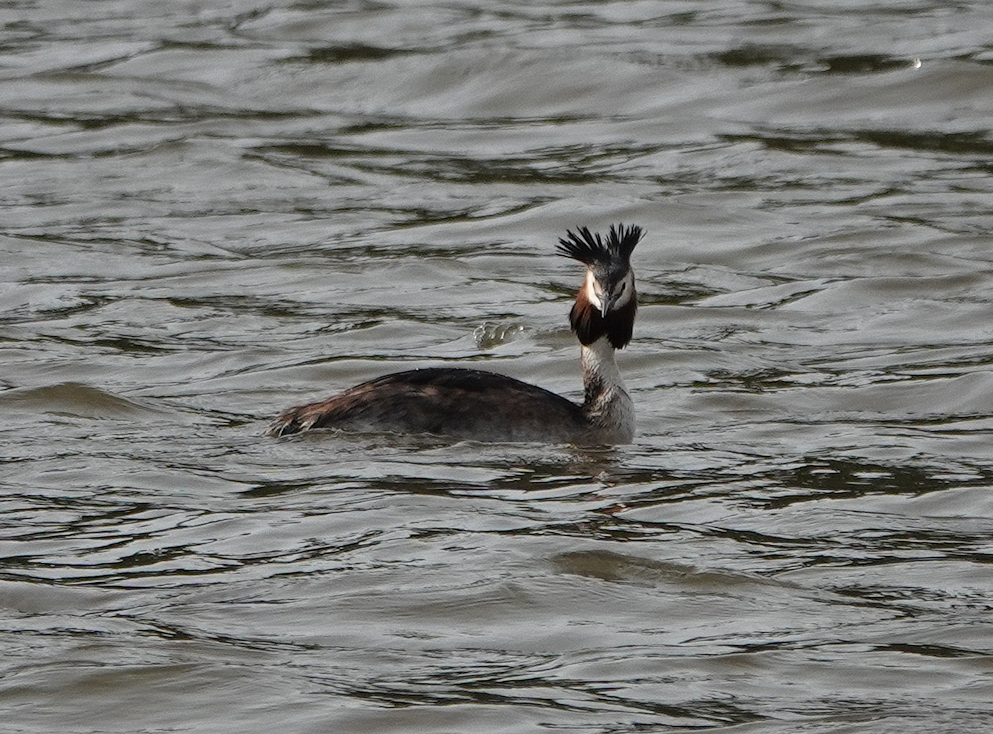
Great crested grebe
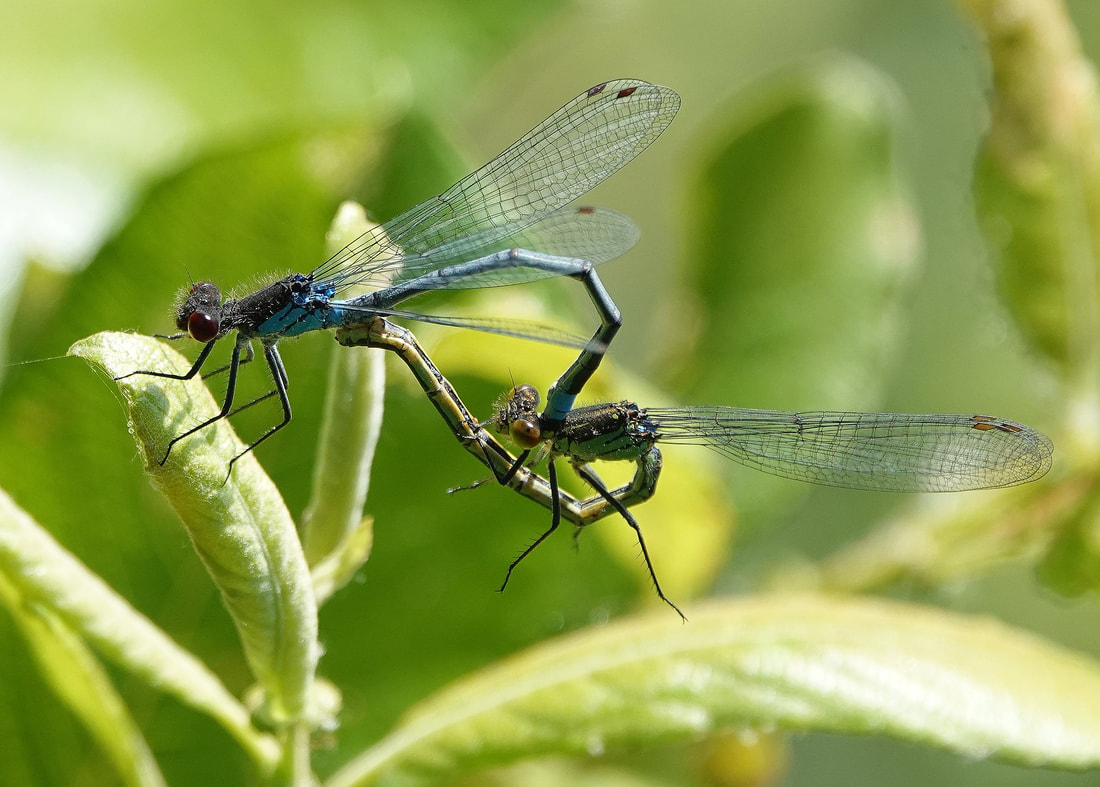
Red eyed damselflies
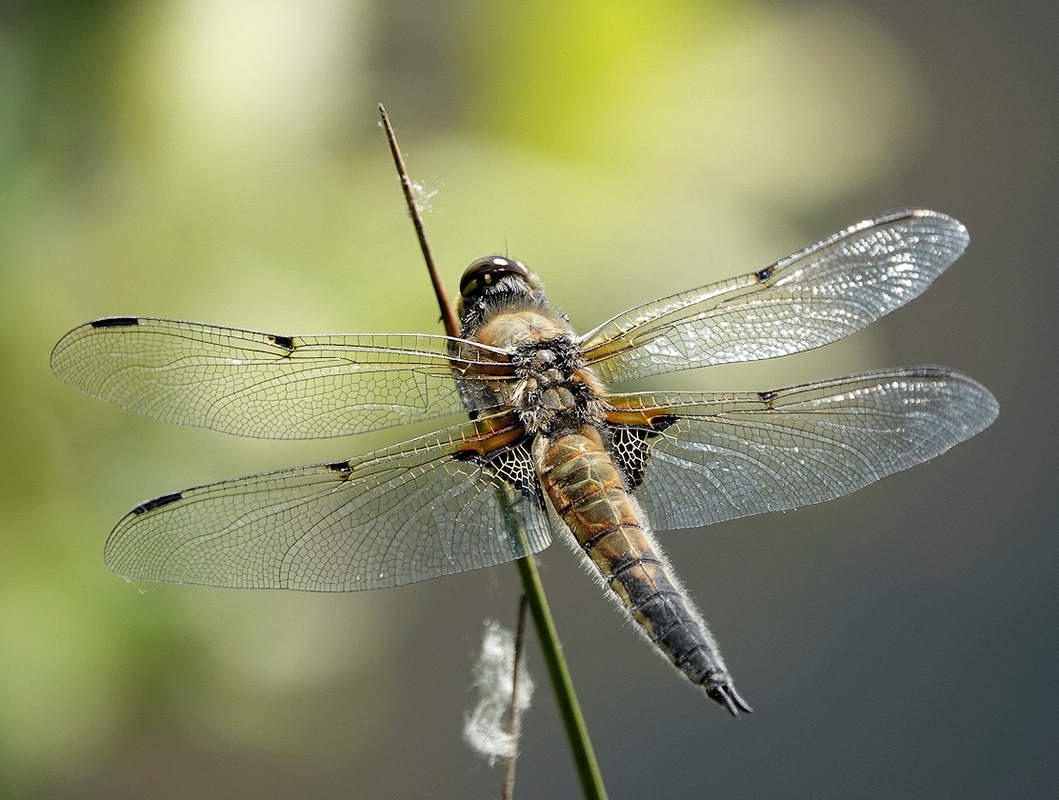
Four spot chaser dragonfly
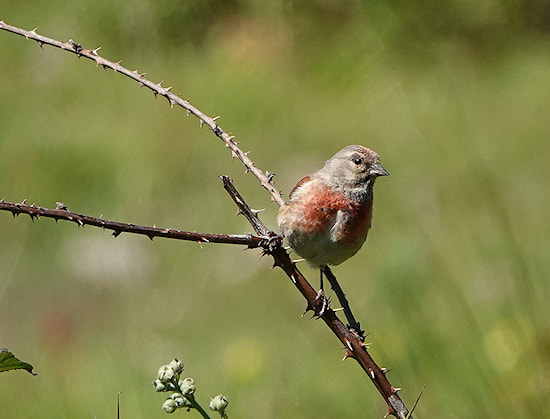
Linnet male
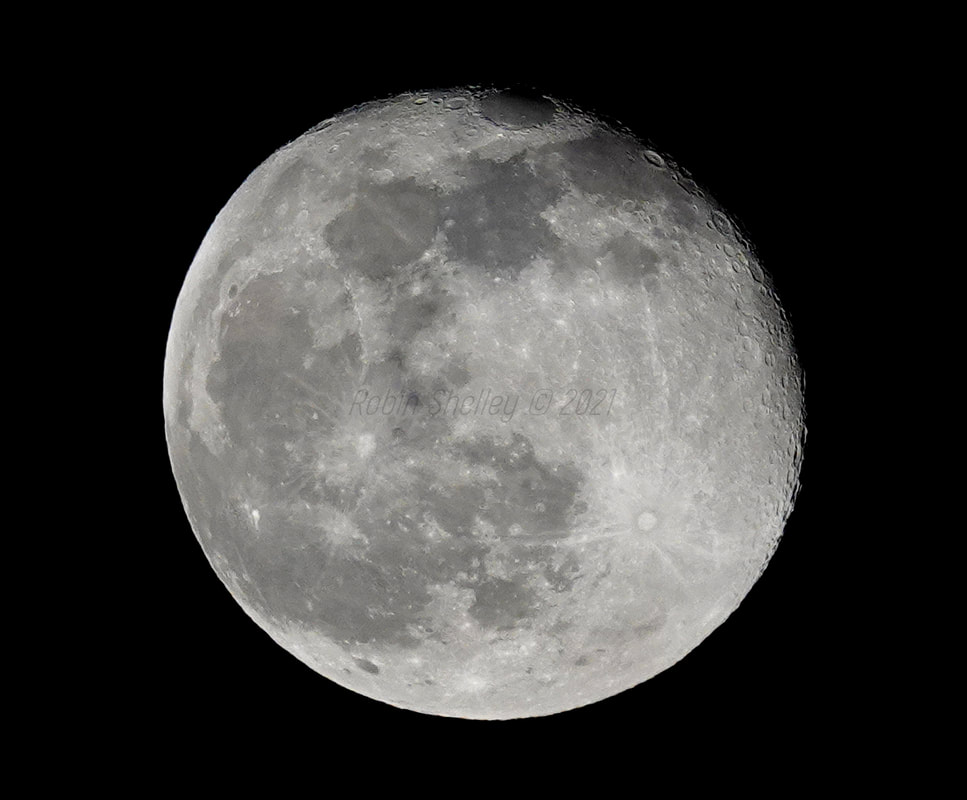
Snow moon
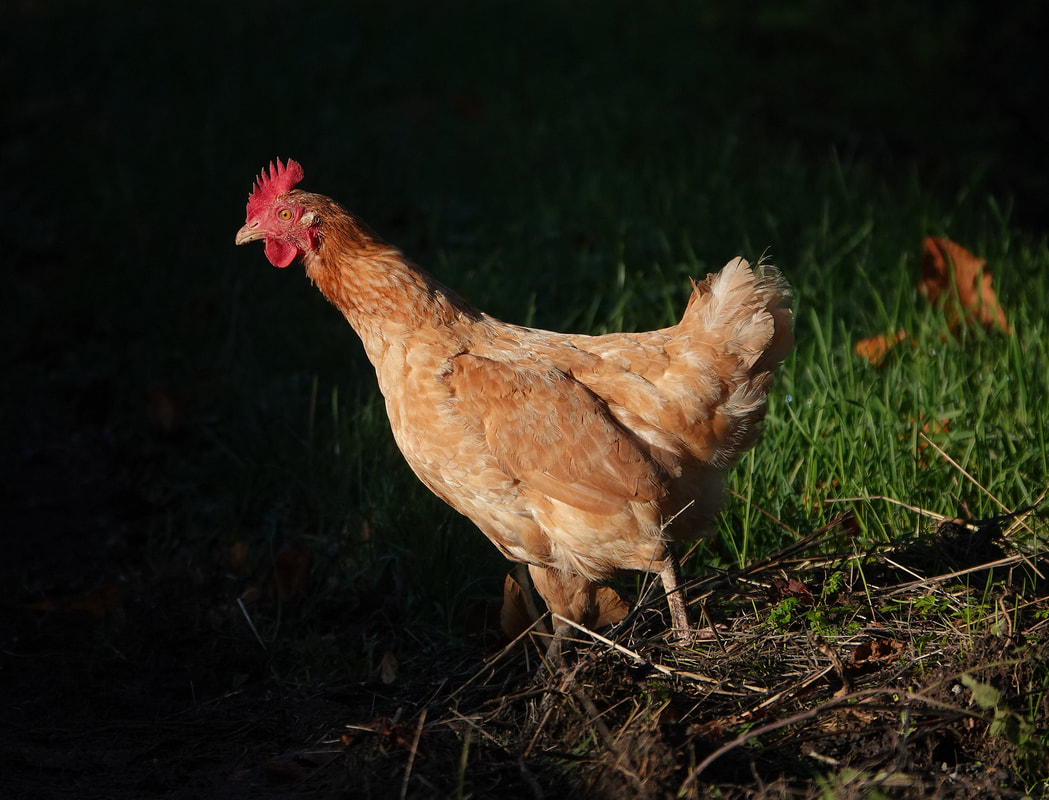
Cockerel
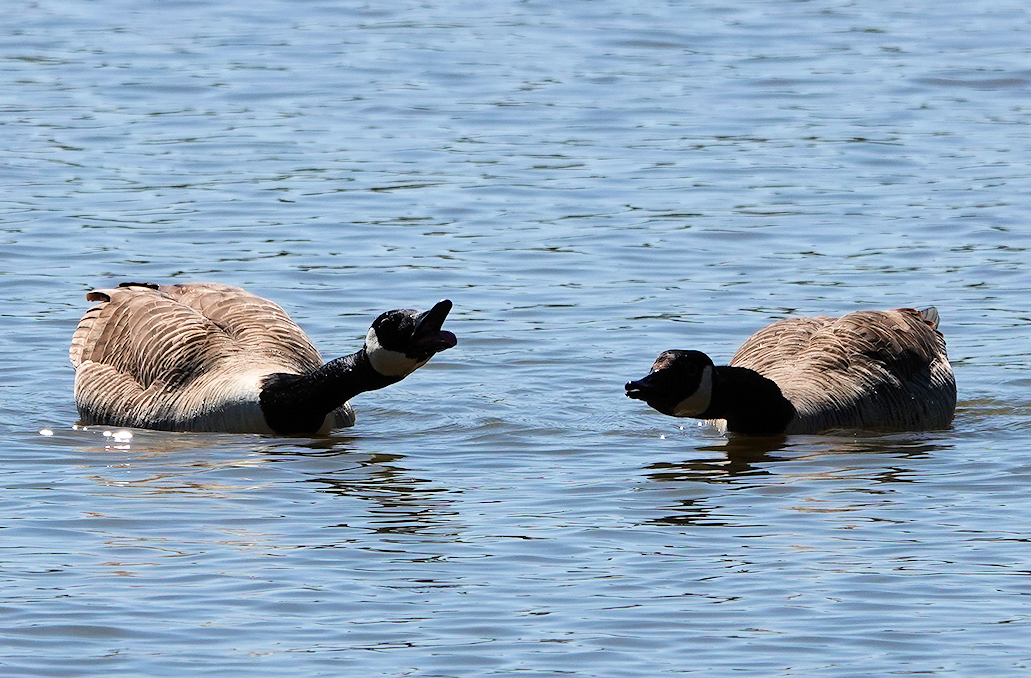
Canada geese
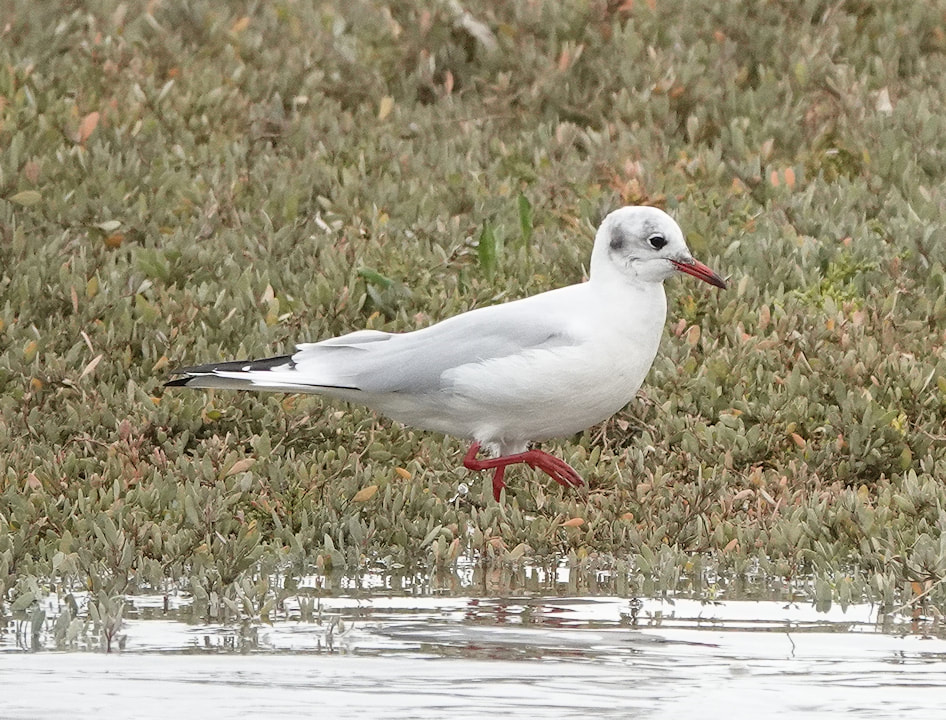
Black headed non breeding gull
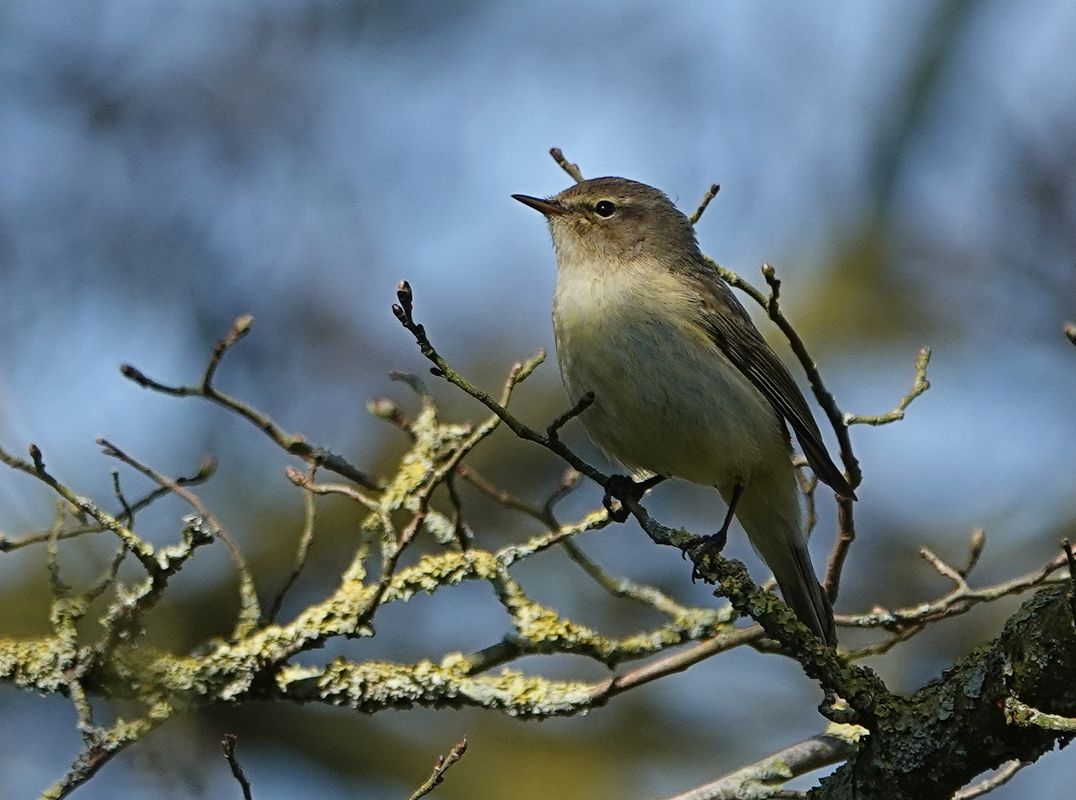
Chiff Chaff
